Inner beauty always reflects on the outside. This is something we have all heard time and again. But then, we have not cut down, for the most part, the time spent in front of the mirror or generally paying more attention to the outward appearances and drawing a lot of conclusions based on those. We have not stopped making external appearances as a topic of conversation and discussion at most social gatherings – business or otherwise. No wonder, one spends a lot of time getting ready for an event, office, function or a party – normally.
Roald Dahl, wrote – “You can have a wonky nose and a crooked mouth and a double chin and stick-out teeth, but if you have good thoughts it will shine out of your face like sunbeams and you will always look lovely.” Makes me wonder what it would be like if the way you lived reflected on your looks. Perhaps we would all try harder to be better people.
What if one day, our inner self and physical self were turned inside out? How would that impact our looks and confidence? Will most of us be able to come to terms with what we see? If for every ill intention or thought, we have a scar on our skin, visible for everyone to see as a reflection of our “beauty or looks”. Would we continue to harness and seed ill intentions and thoughts? If for every time we are hurtful, our hairline would recede or hair turn grey, would it stop us? If for every time we hurt someone intentionally, it added a few pounds to our weight, would we still do it? Per contra, what if we take time to teach a child, or feed the needy, or show kindness we would drop some weight around our waist or grow back some hair or lose a wrinkle, would we humans be more willing?If taking the time to answer questions of innocent children or senior citizens needing assistance could reduce signs of ageing, maybe we all would develop patience and kindness?
I realize that looking good has become so important to us, it could drive us to go out of the way and inspire us to take steps that we usually would not un-inspired. Maybe if we lived our lives the way Dahl suggested, we would be very different people.
I wonder how radically different our priorities, decisions and personalities would be in a world where doing good was rewarded so visibly and tangibly. So much that it becomes second nature and never looks like an incentive for doing it.
Heartfulness, in my mind is possibly a good first step to attempting to become citizens of such a Utopia of kindness, compassion and love. A very potent method to change inside out by becoming more Human.
When several people around us take to this approach, focusing more on their inner beauty through inner peace, inner joy, inner kindness, inner compassion and developing their inner SELF – and just let it radiate on the outside an true beauty, what a wonderful world we would be able to create.
Often times, I look into a mirror and wonder if I could confidently say my inner self is better than my reflection. Almost to a point that I do not have to look into it as often to check myself for anything more than the necessary daily activities like shaving, flossing and combing probably.
There is a short story that could lend its moral to nature’s way of working when we are able to see good thoughts and share good thoughts for others also to seed.
There was a farmer who grew excellent quality corn. Every year he won the award for the best grown corn. One year a newspaper reporter interviewed him and learned something interesting about how he grew it. The reporter discovered that the farmer shared his seed corn with his neighbors. “How can you afford to share your best seed corn with your neighbors when they are entering corn in competition with yours each year?” the reporter asked.
“Why sir,” said the farmer, “Didn’t you know? The wind picks up pollen from the ripening corn and swirls it from field to field. If my neighbors grow inferior corn, cross-pollination will steadily degrade the quality of my corn. If I am to grow good corn, I must help my neighbors grow good corn.”
So is with our lives… Those who want to live meaningfully and well must help enrich the lives of others, for the value of a life is measured by the lives it touches. The quality of response and joy depends on the quality of thoughts and love we share and spread.
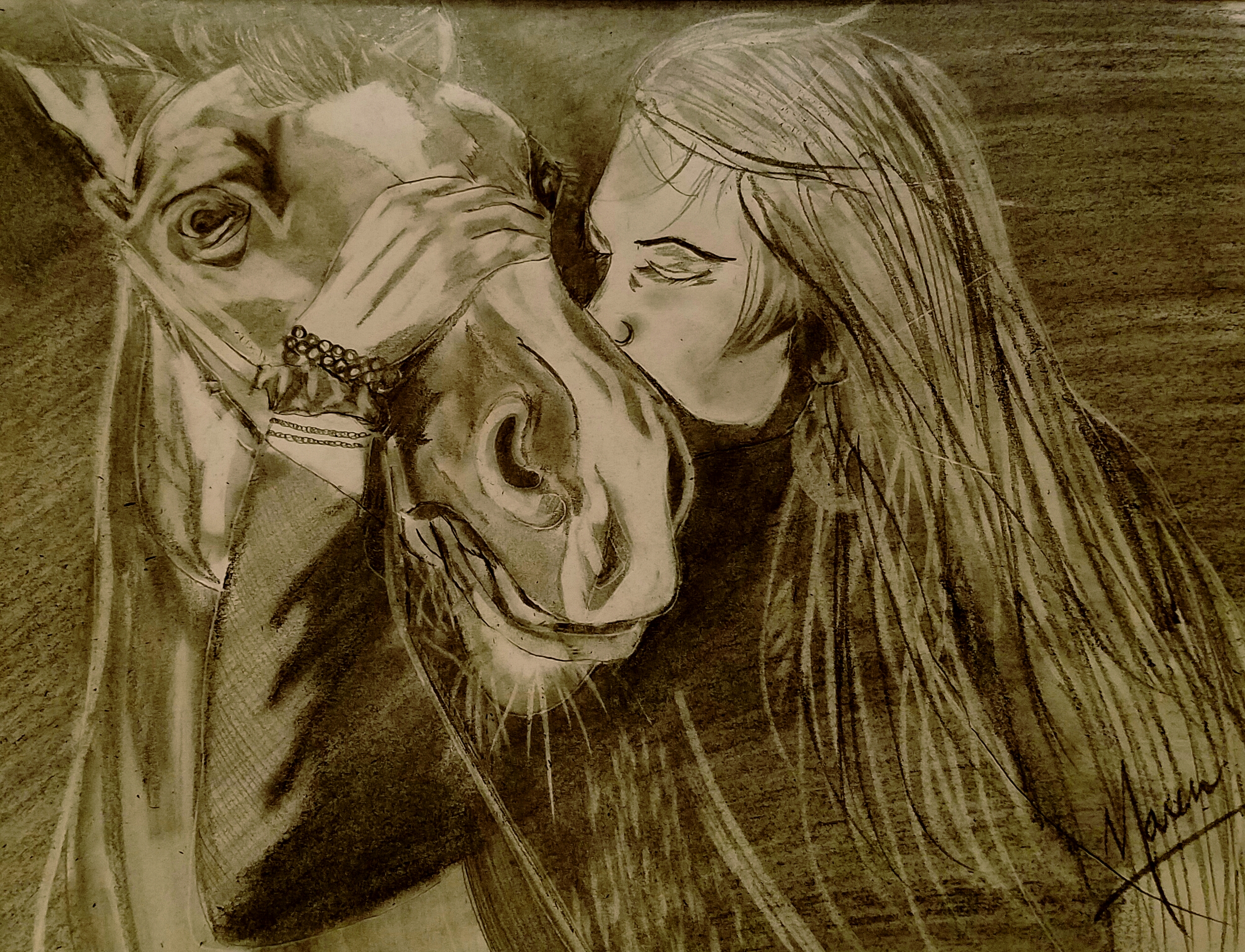 And those who choose to be joyful must help others find happiness, for the welfare of each is bound up with the welfare of all…may the ripples of love, peace and joy spread and grow exponentially.
And those who choose to be joyful must help others find happiness, for the welfare of each is bound up with the welfare of all…may the ripples of love, peace and joy spread and grow exponentially.
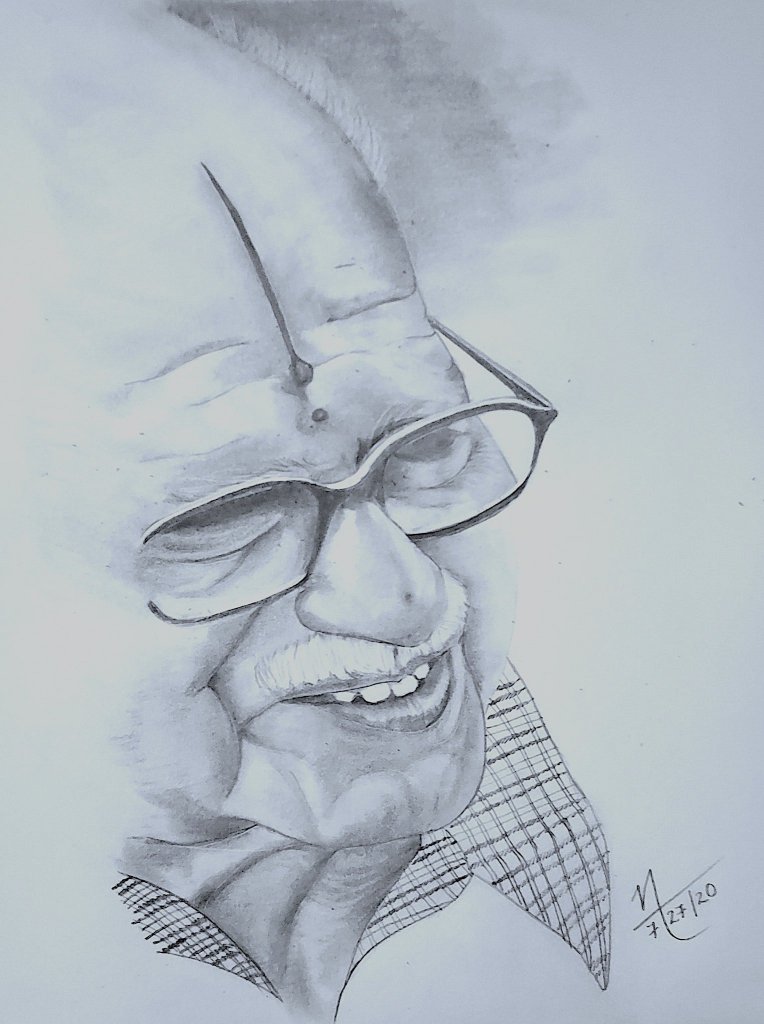



 And those who choose to be joyful must help others find happiness, for the welfare of each is bound up with the welfare of all…may the ripples of love, peace and joy spread and grow exponentially.
And those who choose to be joyful must help others find happiness, for the welfare of each is bound up with the welfare of all…may the ripples of love, peace and joy spread and grow exponentially.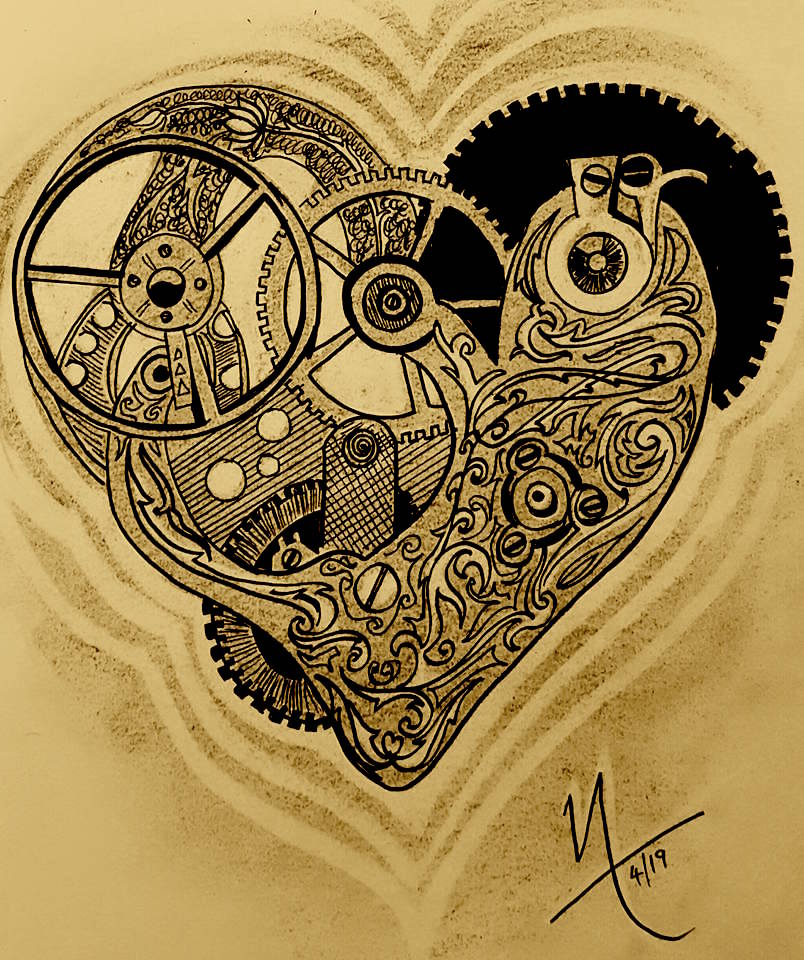
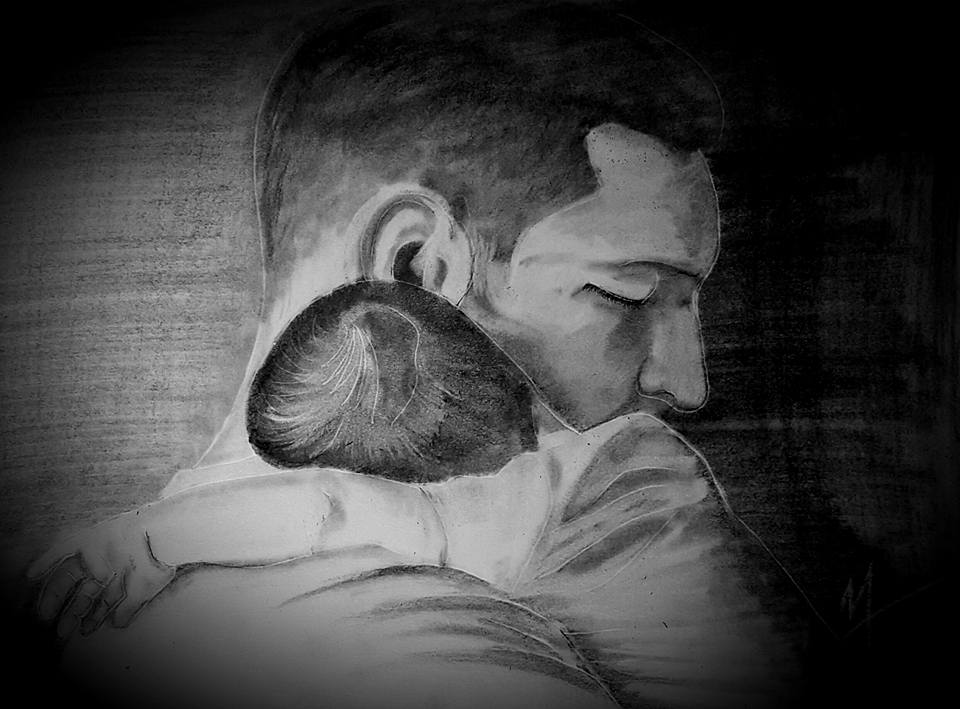
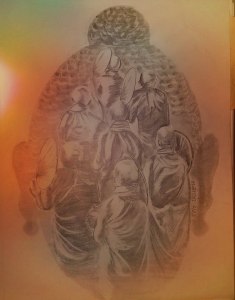
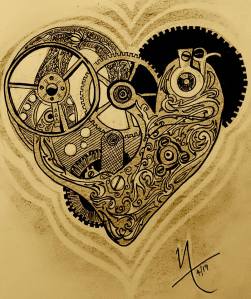
You must be logged in to post a comment.